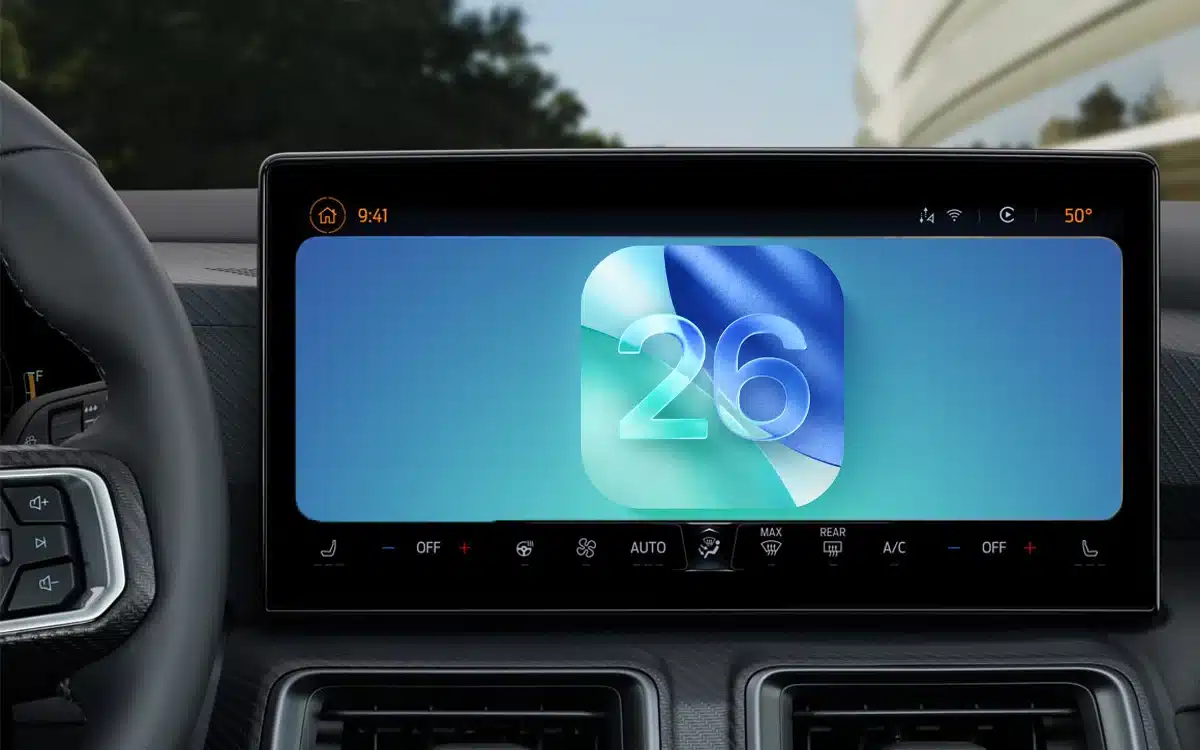Low Price-To-Free-Cash-Flow Stocks Like These Are Worth A Look
The post Low Price-To-Free-Cash-Flow Stocks Like These Are Worth A Look appeared on BitcoinEthereumNews.com. . In this article I present a strategy that explores the basics of cash flow analysis and the implementation of a price-to-free-cash-flow (P/FCF) screen. Firms with low price-to-free-cash-flow ratios may represent neglected firms trading at attractive prices. AAII’s screen looks for companies with a price-to-free-cash-flow ratio below the median for their industry and below the company’s own five-year average. Our Price-to-Free-Cash-Flow screening model has shown impressive long-term performance, with an average annual gain since inception in 1998 of 16.2%, versus 5.8% for the S&P 500 index over the same period. Seeking Free Cash Flow Generation Cash generation is “king” for many investors selecting stocks. Earnings, dividends and asset values may be important factors, but it is ultimately a company’s ability to generate cash that fuels the growth in these factors. Strong cash flow allows a company to increase dividends, develop new products, enter new markets, pay off liabilities, buy back shares and even become an acquisition target. Earnings and earnings multiples dominate standard measures of firm performance and stock price valuation. However, slight accounting differences make it difficult to track earnings over time or between firms. Actual cash flow is free from many of these problems of comparability across firms and consistency over time. Traditional Cash Flow Measures Cash flow has traditionally been calculated by adding noncash expenses back to earnings after taxes and subtracting dividend payments. Noncash expenses such as depreciation, amortization and depletion are taxable expenses that appear on the income statement but require no cash outlays. They represent the accountant’s attempt to measure the reduction of the book value of assets as the assets are depleted. While dividends are a discretionary item, they are a real cash outlay that is not tax deductible and is not reflected in earnings. Subtracting dividends and adding back noncash expenses to…

The post Low Price-To-Free-Cash-Flow Stocks Like These Are Worth A Look appeared on BitcoinEthereumNews.com.
. In this article I present a strategy that explores the basics of cash flow analysis and the implementation of a price-to-free-cash-flow (P/FCF) screen. Firms with low price-to-free-cash-flow ratios may represent neglected firms trading at attractive prices. AAII’s screen looks for companies with a price-to-free-cash-flow ratio below the median for their industry and below the company’s own five-year average. Our Price-to-Free-Cash-Flow screening model has shown impressive long-term performance, with an average annual gain since inception in 1998 of 16.2%, versus 5.8% for the S&P 500 index over the same period. Seeking Free Cash Flow Generation Cash generation is “king” for many investors selecting stocks. Earnings, dividends and asset values may be important factors, but it is ultimately a company’s ability to generate cash that fuels the growth in these factors. Strong cash flow allows a company to increase dividends, develop new products, enter new markets, pay off liabilities, buy back shares and even become an acquisition target. Earnings and earnings multiples dominate standard measures of firm performance and stock price valuation. However, slight accounting differences make it difficult to track earnings over time or between firms. Actual cash flow is free from many of these problems of comparability across firms and consistency over time. Traditional Cash Flow Measures Cash flow has traditionally been calculated by adding noncash expenses back to earnings after taxes and subtracting dividend payments. Noncash expenses such as depreciation, amortization and depletion are taxable expenses that appear on the income statement but require no cash outlays. They represent the accountant’s attempt to measure the reduction of the book value of assets as the assets are depleted. While dividends are a discretionary item, they are a real cash outlay that is not tax deductible and is not reflected in earnings. Subtracting dividends and adding back noncash expenses to…
What's Your Reaction?



































